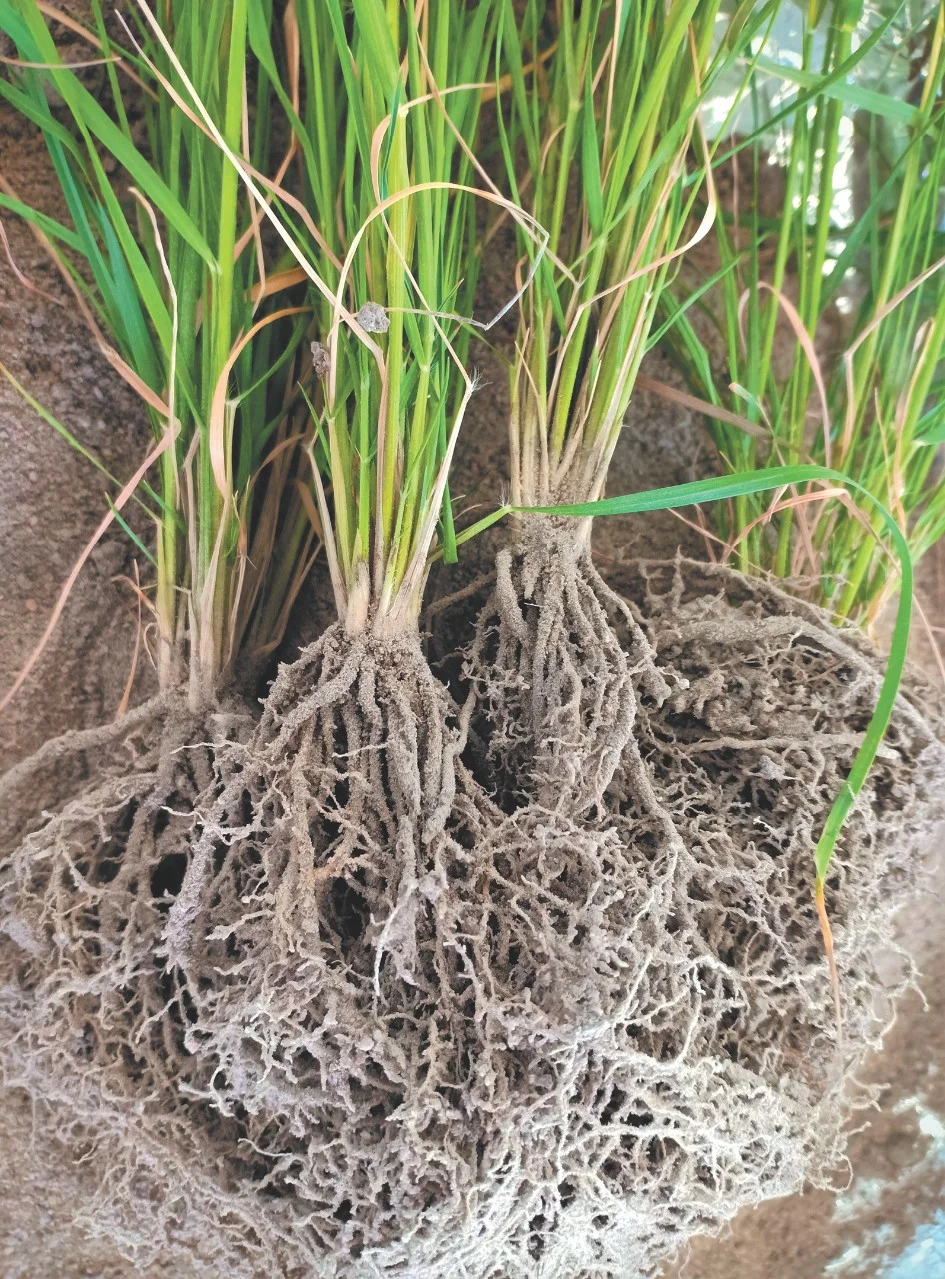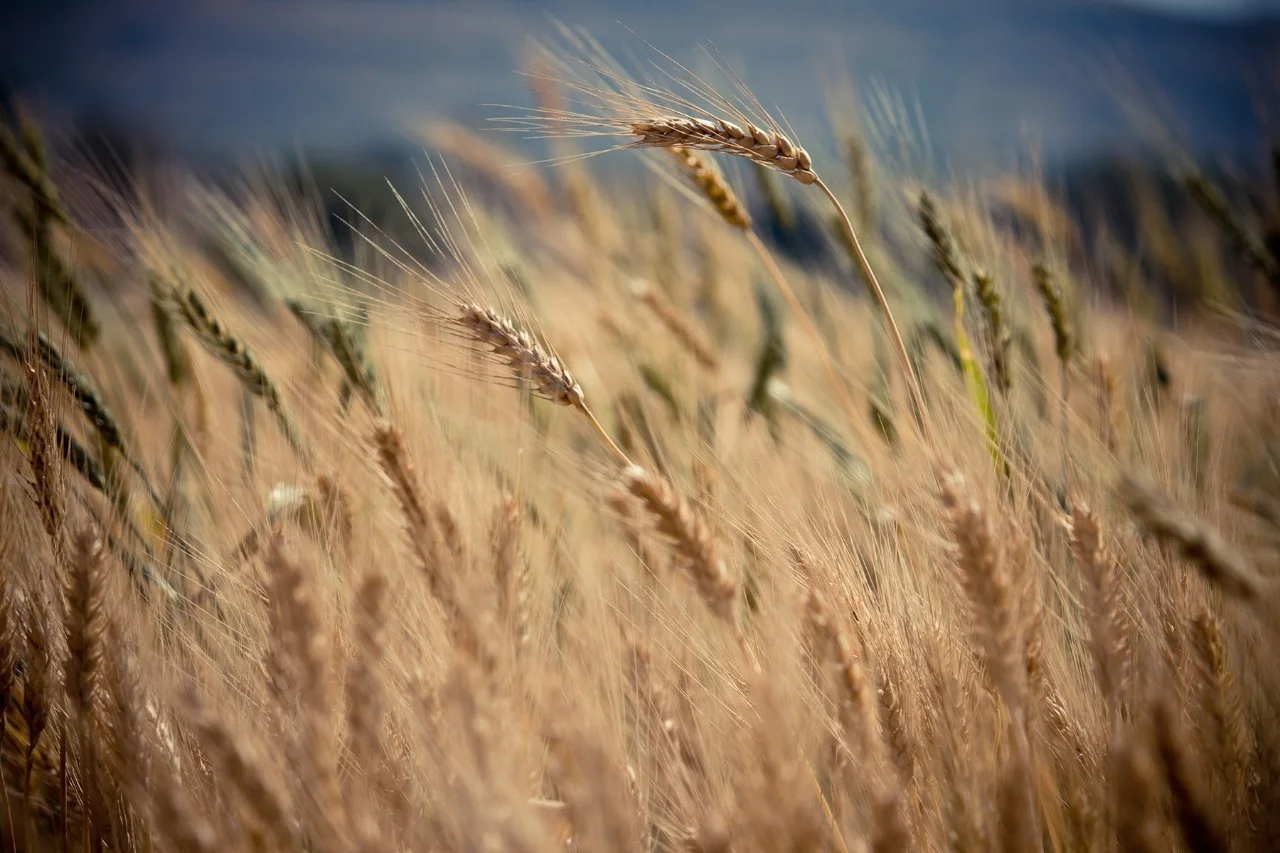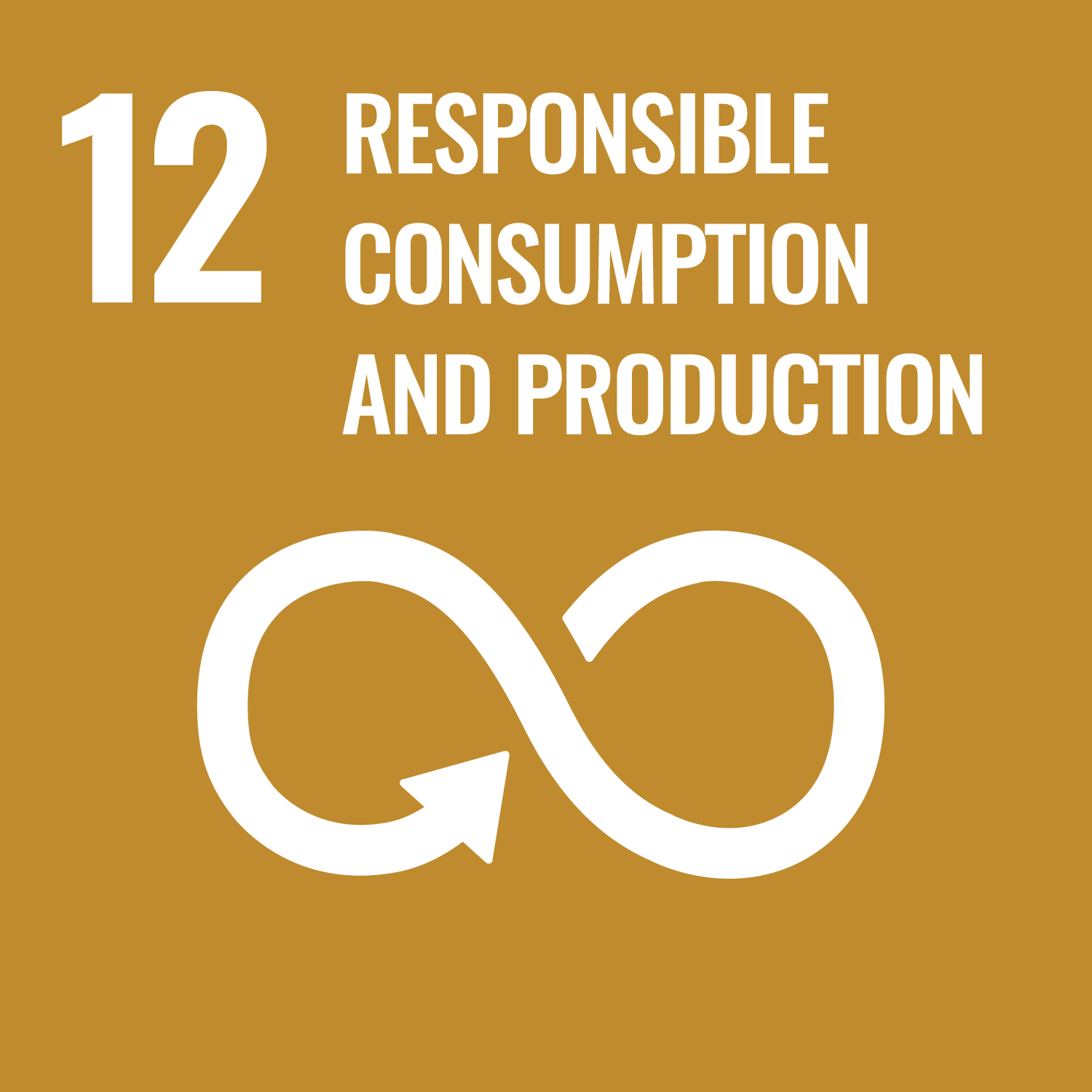Food For Thought
You can search for courses, events, people, and anything else.
Researchers in Western Sydney are unearthing the critical links between bacteria and plants that could make farming more sustainable.
Plant roots, stems, leaves, flowers and seeds are home to millions of microbes that increase a plant’s nutrient uptake and protect them against pests and diseases. “Plants and microbes have evolved together for millennia,” says Professor Brajesh Singh, from Western Sydney University’s Hawkesbury Institute for the Environment. “A plant’s fitness is closely aligned with its microbiome,” he adds.
Singh is developing microbial engineering tools that could sustainably increase agricultural output to produce food for a rapidly increasing population. Food productivity needs to be raised by 70%, in the face of diminishing allocation of land for agriculture.
Farmers have long used pesticide spray or ‘seed dressing’, in which seeds are coated in pesticides or fungicides to protect them during germination, but these introduce harmful chemicals to the ecosystem. Instead, Singh and his colleagues are using microbial and biochemical technology to manipulate plant and soil microbiomes to create natural microbial communities that help crops grow under stressful conditions such as drought, disease and nutrient deficiencies by promoting more efficient use of resources, and boosting resilience to pests. This will strengthen crops and enhance agricultural production in hostile climates and restore land damaged by the excessive use of chemical fertilisers. “Microbiomes are one of the fastest growing sectors in agriculture,” says Singh. “They could eventually be worth as much as the current chemical pesticide market.”
Singh’s team has been working with Australian plantfood companies, Converte, and Neutrog, that design products for improving soil health. Managing director of Converte, John Ridley, says “This pioneering work on microbiomes is transforming soil and plant systems in ways that could significantly improve food and climate security”.
There is much to be done before the benefits will be realised on the land. “We have developed some microbial products that increase the productivity of wheat, lettuce and cotton in greenhouses by 35 to 100%,” says Singh. “We have more recently carried out a limited field experiment with cotton which provided promising results in controlling plant pathogens.”
Singh’s work has had a number of direct policy outcomes. He is a lead author of the State of Knowledge of Soil Biodiversity report by the Food and Agriculture Organization of the United Nations, a work that is cited by a number of UN policies and decisions.
Need to know
- Western researchers are using microbial and biochemical technologies to manipulate crop microbiomes.
- These microbial technologies will help crops grow under stressful situations
- Some of these microbes increased the productivity of wheat, lettuce and cotton by 35 to 100%
Meet the Academic | Professor Brajesh Singh
Professor Brajesh Singh is an internationally recognised expert in the field of microbial ecology. His research interests encompass functional microbial ecology, climate change and environmental biotechnology with particular focus on the role of microbes in ecosystem function and environmental sustainability.
Related Articles
Credit
© Insung Jeon/Getty Images
Future-Makers is published for Western Sydney University by Nature Research Custom Media, part of Springer Nature.







